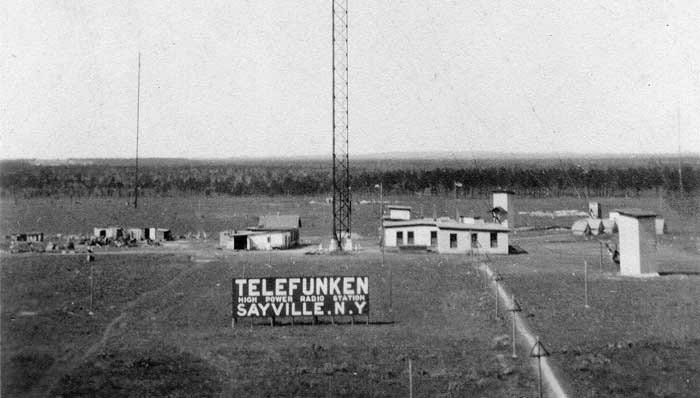The Wireless War Comes to America
On Yanks and Y stations
According to the headline on the afternoon edition of the Providence Journal, 29 April 1915, the German embassy was about to warn passengers against sailing on the Lusitania. The very next day, Count Johann Heinrich Graf von Bernstorff, Germany’s ambassador to the United States, put an advertisement in American newspapers warning passengers not to sail …
Keep reading with a 7-day free trial
Subscribe to Polemology Positions to keep reading this post and get 7 days of free access to the full post archives.


